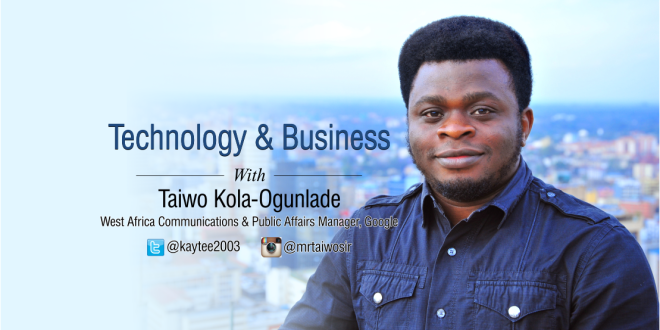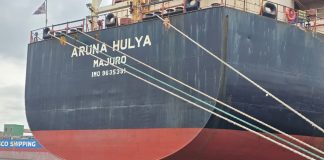Noé Diakubama is one of this century’s intrepid explorers. An emigrant of the Democratic Republic of Congo, now living in Paris, he created the first ever map of his village, Mbandaka, using online map making tools and simply adding what he knew. Since 2009, Noé and his wife have made over 100,000 edits to the map, literally putting the Mbandaka community on the map and transforming its landscape. And he isn’t alone: there is a vast and growing community of online mappers creating more useful maps that are accessible to all, and changing peoples’ lives in the process.
Three centuries ago, when most of the world was unmapped, adventurers like Christopher Columbus, Ferdinand Magellan and James Cook explored the far reaches of the globe – from New Zealand to Newfoundland – drawing detailed charts of their voyages. The period known as the ‘Age of Exploration’ was the golden age of mapmaking and helped usher in the Industrial Revolution.
Today, cartography is undergoing a second golden age, thanks to the Web and people like Noé. This 21st century revolution promises, like its predecessor, to generate giant economic and social benefits. It will empower individuals to find what they want, anytime; and will allow businesses to reach consumers, anywhere. Online mapping will not only fill many of the remaining gaps in our understanding of our globe, but also provide new perspectives and details we never thought imaginable.
The Web is transforming the way maps are made. Instead of depending on intrepid adventurers and professional geographers, regular people — dubbed citizen cartographers — are today’s mapmakers. They use online tools to build the digital map of the Earth, constantly improving it with layers of useful information. These people come from all walks of life, from every corner of the globe, and are embracing the opportunity to make their mark and accurately represent the places they know and care about. They are students, parents, educators, retired seniors, and yes, even some engineers — all coming together towards the common goal of mapping our world. They’ll even attend ‘mapping parties’ where people gather around computers, in school yards or church halls, en masse to make improvements to the maps using tools like Google Map Maker.
In addition to mapping the nooks and crannies of a neighborhood or coastline, as Cook did centuries ago, these citizen cartographers are also building maps that reflect our ‘human’ geography and things that interest us. Rather than two dimensional drawings of lands and borders, we are now able to mark our favourite cafes, add a local walking trail or plot a route for a jog around the park.
This volunteer mapmaking is also helping people understand the evolution of their communities. Maps drawn on paper can’t reflect a changing and dynamic landscape. Rivers and mountains might not change, but new buildings are built, roads are rerouted, restaurants open and close. Online maps can be updated as the world around us changes: anyone can add features like new paths, houses or businesses as soon as they’re constructed. And what’s more, these maps reach far beyond locals, enabling visitors to feel like natives in a place they’ve never been before.
Digital mapping technology is transforming lives – in Africa especially. Road coverage on Google Maps in Africa grew from 20 per cent to 75 per cent between 2008 and 2012; while the number of towns and villages mapped in good detail have increased by more than 1,000 per cent over the same period.
Maps are crucial not only for getting around, but also for business. Research shows maps help save the agricultural industry between $8bn to $22bn per year globally just by helping farmers build more efficient irrigation. Accurate maps decrease emergency services’ response times, saving thousands of lives a year. Modern geo tools like maps and satellite navigation help save up to 3.5 billion litres of gasoline and over a billion hours of travel time every year.
It’s safe to say that the growing momentum around mapping will ensure that almost every inch of the world will be accurately and comprehensively represented by road data, pictures and business listings in the coming years. As maps come online, it becomes possible for each of us to produce maps specialised for our unique tastes. There needn’t be just one map of the world, but many millions of maps that change depending on who is using them; from the rural farmer to the travelling salesman. A map being viewed by a keen cyclist, for example, might display a town very differently than that viewed by a car driver or a pedestrian — depending on the types of map information most salient to him.
When Christopher Columbus and his fellow explorers set out, they sailed off to the distant horizon, unsure if they would ever return home. While today’s intrepid Internet mapmakers may not face the same risks, they too are embarking on an unknown journey which is sure to lead to exciting – and beneficial – destinations.













NEW POST: The New Age of Exploration https://t.co/aS1sYl5c8w https://t.co/O2UJDMxgd6
The New Age of Exploration https://t.co/b9dH8bxY1x https://t.co/0XWygTMsKK
The New Age of Exploration https://t.co/rywEarWu97 https://t.co/NRsCIthbSr